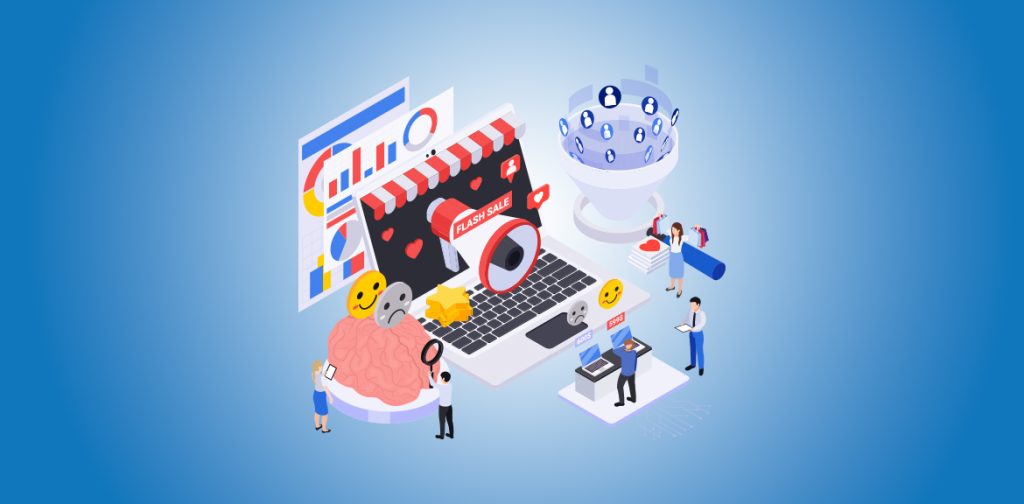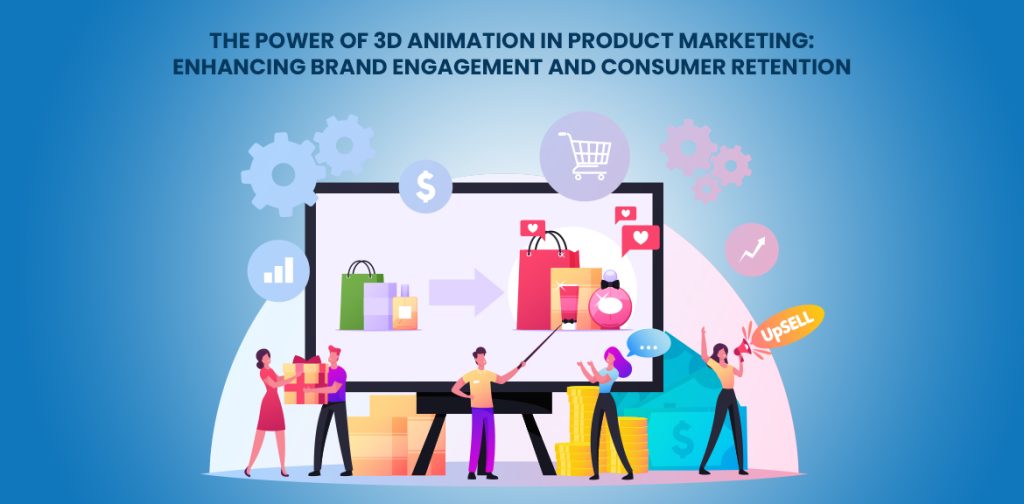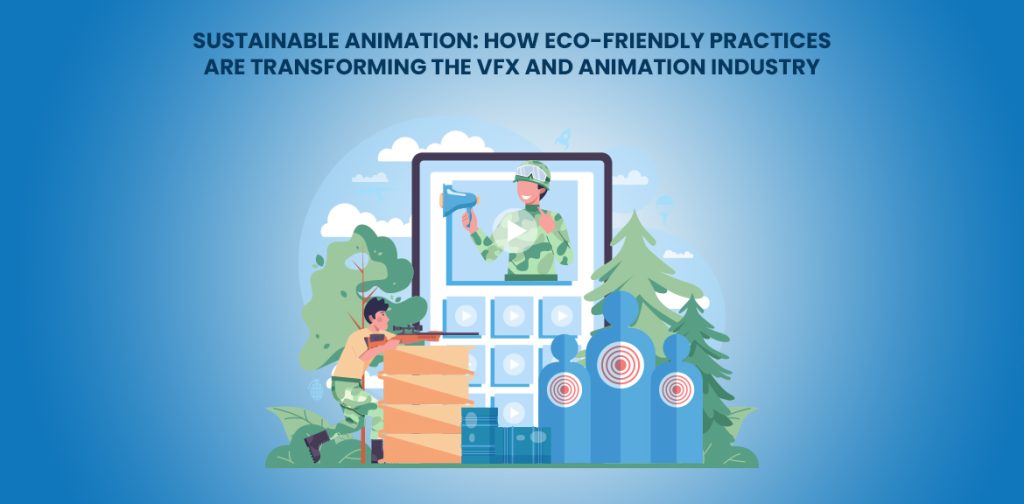In an increasingly competitive digital marketplace, it’s more crucial than ever to stand out. High-quality visuals have become a cornerstone of successful online sales, as customers rely heavily on images to make purchase decisions. However, traditional product photography has limitations, such as cost, time, and flexibility. To overcome these challenges, many e-commerce businesses are turning to CGI product renderings for a fresh approach that enhances the shopping experience. Let’s explore how a well-crafted CGI E-Commerce Strategy can transform online sales by incorporating the artistry and precision of a 3D animation studio.
What Exactly is CGI Product Rendering?
Computer-Generated Imagery (CGI) product rendering creates highly realistic digital images that replicate real products. Unlike traditional photography, it does not require physical samples, elaborate setups, or even tangible products. Instead, skilled CGI artists at 3D animation studios build and customize lifelike images or animated product models based on detailed specifications such as dimensions, materials, and colors. This method gives designers greater creative flexibility, allowing them to make quick adjustments and variations without the limitations of physical production.
Why Use CGI Product Renderings in E-Commerce?
- Unmatched Visual Quality and Flexibility
Captivating visuals are among the most powerful tools for gaining a customer’s attention and trust online. CGI rendering allows for enhanced, photorealistic visuals that can even surpass traditional photography in sharpness and detail. The versatility of E-Commerce Product Rendering makes it possible to render multiple product variations—different colors, textures, or materials—without needing new photoshoots. Imagine a clothing retailer showing a coat in all available colors or a furniture company allowing customers to visualize items in various wood finishes—all achievable with CGI.
- Cost Efficiency for Large and Diverse Catalogs
Traditional photography involves numerous costs: studio time, props, setups, photographers, and post-processing. These expenses compound, especially for businesses with large inventories or frequent new arrivals. With CGI product rendering, after the initial 3D model is created, any adjustments or updates can be made digitally. This saves time and budget over the long run, particularly for companies with large and frequently changing product lines.
- Faster Speed to Market
Launching new products or updating an online catalog becomes a more streamlined process with CGI. Since products can be digitally created before they’re physically available, marketing campaigns can begin well ahead of production. This CGI E-Commerce Strategy allows brands to capitalize on product hype and pre-orders by showing high-quality images online before a product officially launches.
- Brand Consistency and Versatile Creativity
CGI allows companies to maintain a consistent look across their product images—an essential aspect of professional branding. Working with a 3D animation studio gives you full control over every visual detail, including lighting, shadows, textures, and backgrounds. This ensures a consistent and cohesive look across your website and social media channels. Additionally, CGI offers unlimited creative possibilities, allowing you to showcase products in any setting, mood, or scenario that strengthens your brand storytelling.
Boosting Customer Engagement and Trust
Customers want to know exactly what they’re buying, and CGI provides them with a more in-depth, engaging experience. Through interactive 3D product visualizations, customers can explore items from every angle, zoom in for fine details, and even view different configurations of a product. These features make online shopping more engaging, reducing the hesitation customers may feel when they can’t physically interact with a product. Ultimately, a well-executed CGI experience can lower return rates, as customers feel more confident in their purchase decisions.
CGI Product Renderings in Action: Industry Applications
- Fashion and Apparel: CGI can display clothing items in a 3D space, allowing customers to see drape, fit, and fabric texture up close. Brands can experiment with different color combinations and patterns instantly without having physical samples of each variation.
- Home Goods and Furniture: Imagine being able to rotate a 3D couch, swap the fabric, or even place it within a virtual room. With CGI, customers can visualize products in realistic home settings, which enhances decision-making and reduces returns.
- Automotive: CGI in the automotive industry allows for detailed visualizations of new models, from customizable paint colors to interior options, giving customers a sense of their car’s unique style before production.
- Technology and Gadgets: With CGI, tech companies can highlight the inner workings of complex devices, showcasing the build quality and engineering detail in ways that would be challenging to capture with standard photography.
- Jewelry and Accessories: High-end jewelry requires impeccable close-up images that capture intricate details. CGI allows for stunningly realistic renderings that make each stone sparkle, giving customers a real sense of quality.
Building a CGI E-Commerce Strategy

Creating an effective CGI E-Commerce Strategy begins with partnering with a reputable 3D animation studio that has experience in producing high-quality e-commerce visuals. The collaboration often involves the following steps:
- Initial Planning and Briefing: Define the products to be rendered, the details to emphasize, and the overall aesthetic.
- 3D Modeling and Rendering: This stage involves the creation of the 3D model, rendering it to match real-world specifications.
- Post-Production and Customization: Add final touches, such as lighting adjustments or background changes, to ensure images align with the brand’s visual identity.
- Integration: Once finalized, these CGI visuals can be incorporated into the website, social media, and advertising platforms.
Challenges and Solutions
While CGI offers numerous advantages, there can be challenges, such as the initial setup costs and the need for expert CGI artists. However, the investment typically pays off through higher-quality visuals, reduced need for frequent reshoots, and enhanced customer satisfaction. Many e-commerce brands find that the increased engagement and conversion rates justify the investment.
Future Trends: The Role of CGI in an Evolving Market
Looking ahead, CGI’s role in e-commerce will continue to grow rapidly. With advances in real-time 3D rendering and augmented reality (AR), shoppers will enjoy more interactive and immersive experiences. For example, customers may soon “place” furniture in their homes using AR. Similarly, they could “try on” clothing virtually, mimicking in-store shopping. As CGI technology evolves, e-commerce brands adopting these innovations will gain a strong competitive edge. Therefore, investing in CGI now prepares businesses for the future of online retail.
Final Thoughts
E-commerce product rendering using CGI is transforming how consumers shop online. By creating detailed, interactive, and visually captivating images, CGI builds trust and enhances brand consistency. This approach also drives higher customer engagement across all product types. Whether showcasing luxury items or everyday household goods, partnering with a skilled 3D animation studio can elevate your product imagery. Ultimately, embracing CGI boosts your e-commerce strategy and creates a more vibrant, innovative, and profitable shopping experience.


